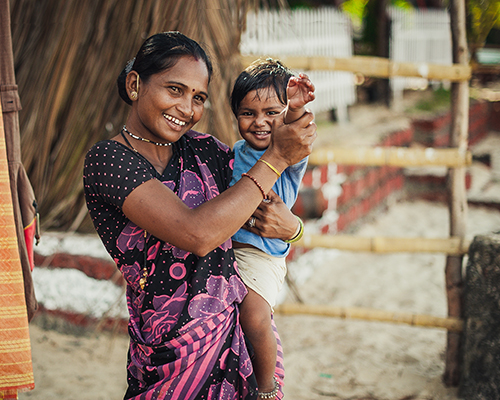Baseline survey of the IFAD Assisted Nav Tejaswini Maharashtra Rural Women’s Enterprise Development Project
Mahila Arthik Vikas Mahamandal (MAVIM), along with International Fund for Agricultural Development (IFAD), aimed to launch Nav Tejaswini – Maharashtra Rural Women’s Enterprise Development Program, which looked into engaging more women in economic activities for poverty reduction.
Sambodhi conducted a baseline assessment before the commencement of this Nav Tejaswini program with the intent to
- capture the broader canvas of the Self Help Groups (SHG) led enterprises in the program area and
- identify the current capacity of the SHG households in terms of effectiveness, efficiency, the scope for skill developments, value additions, and opportunities to bring innovation and sustainability across value chains, thereby assessing the overall scope for enterprise development.
The baseline assessment comprised of
- household Analysis to identify the present conditions of the area’s SHG households,
- enterprise Analysis to identify the current enterprise spread and scope in the program area,
- identification of best practices and case studies of the existing success of female-led SHG enterprises for future scaling up, and
- identification of products and innovations that have an existent market demand and identification of pathways to leverage the capacity of existing SHGs to participate in the value chains of these products and innovations.
Sambodhi was responsible for designing methodology, actual data collection, analyzing primary insights from key stakeholders, contributing to report writing, and communicating the findings to MAVIM. Sambodhi administered two quantitative surveys – one with the households and one with the owners of the existing enterprises. The first survey helped identify the program participants’ present characteristics and match the non-program participants based on those characteristics.
The second survey captured the existing enterprises and helped identify the scope for scaling up through cluster development.
Qualitative assessment was also administered through focus group discussions and in-depth interviews of stakeholders like women from all institutions, enterprise owners, institution members (VOs, CMRC, and MAVIM cadres), members of the MAVIM project management team, market representatives, and members of financial institutions. The focus was on data collection, and the survey insights were synthesized into a detailed baseline report.

